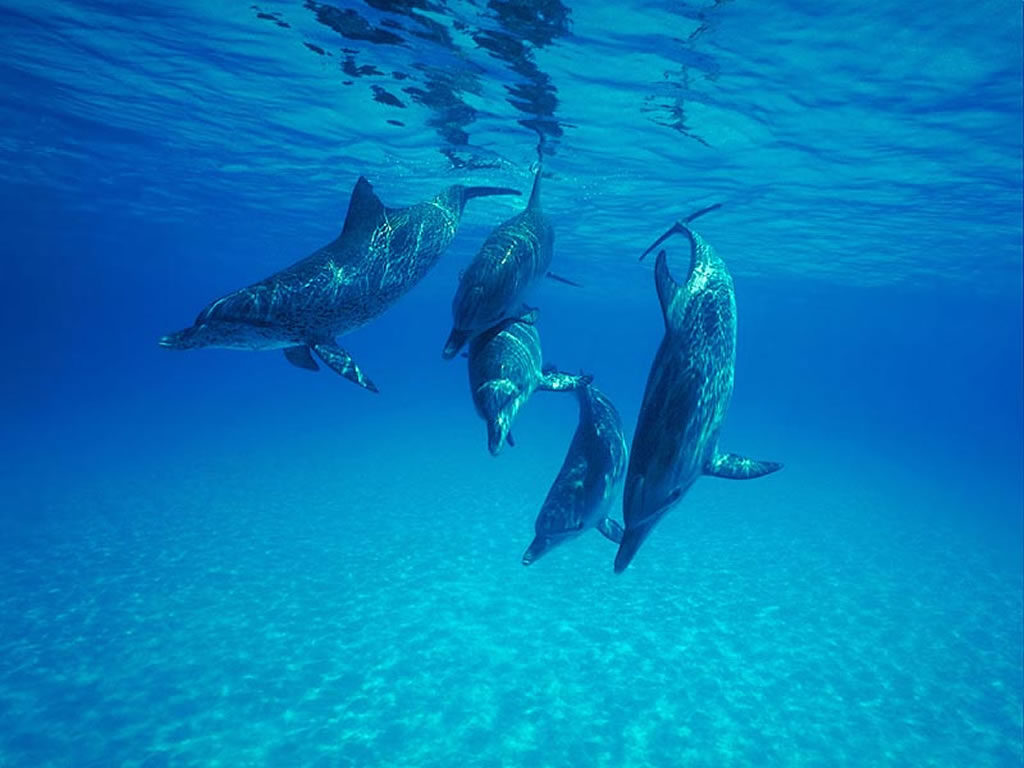For more than 250 million years, four-limbed land animals known as tetrapods have repeatedly conquered the Earth’s oceans. These creatures–such as plesiosaurs, penguins and sea turtles–descended from separate groups of terrestrial vertebrates that convergently evolved to thrive in aquatic environments.
In a new scientific review, a team of Smithsonian scientists synthesized decades of scientific discoveries to illuminate the common and unique patterns driving the extraordinary transitions that whales, dolphins, seals and other species underwent as they moved from land to sea. Drawing on recent breakthroughs in diverse fields such as paleontology, molecular biology and conservation ecology, their findings offer a comprehensive look at how life in the ocean has responded to environmental change over time. The paper also highlights how evolutionary history informs an understanding of the impact of human activities on marine species today. More information is available in the April 17 issue of Science.
Marine tetrapods represent a diverse group of living and extinct species of mammals, reptiles, amphibians and birds that all play–or played–a critical role as large ocean predators in marine ecosystems. The repeated transitions between land and sea have driven innovation, convergence and diversification against a backdrop of changing marine ecosystems and mass extinctions dating back to the Triassic period. In this way, they provide ideal models for testing hypotheses about the evolution of species over long periods of time. Modern species of marine tetrapods now face a suite of human-driven impacts to their environment, including climate change, habitat degradation, ship collisions and underwater noise.
“We know from the fossil record that previous times of profound change in the oceans were important turning points in the evolutionary history of marine species,” said Neil Kelley, a Peter Buck post-doctoral researcher in the National Museum of Natural History’s department of paleobiology and lead author in the study. “Today’s oceans continue to change, largely from human activities. This paper provides the evolutionary context for understanding how living species of marine predators will evolve and adapt to life in the Anthropocene.”
Recent investigations in the fossil record have provided new insight into the evolution of traits that allowed marine tetrapods to thrive in the sea. In some cases, similar anatomy evolved among lineages that adapted to marine lifestyles. For example, modern dolphins and extinct marine reptiles called ichthyosaurs descended from distinct terrestrial species, but independently converged on an extremely similar fish-like body plan although they were separated in time by more than 50 million years. The repeated transformation of legs adapted for walking on land into fins is another classic example of convergent evolution. Species ranging from seals to mosasaurs independently developed streamlined forelimbs as they transitioned from living on land to the ocean, allowing them to move quickly and efficiently in the water. This transformation may have been achieved by parallel changes at the genome level.
“Land to sea transitions have happened dozens of times among reptiles, mammals and birds, across major mass extinctions,” said Nicholas Pyenson, the museum’s curator of fossil marine mammals. “You often get similar looking results but convergence is more than skin deep. It can be seen on a broad range of scales, from molecules to food webs, over hundreds of millions of years.”
In the case of deep divers such as beaked whales and seals, these species have independently evolved to have positively charged oxygen-binding proteins called myoglobin in their muscles, allowing them to survive underwater for long periods of time. Scientists also have found identical genetic sequences in different marine species, such as whales, seals and sea cows. Whether these invisible molecular similarities account for larger-scale visible patterns of convergent evolution, or whether convergent anatomy follows different genetic pathways in different groups, remains an important open question to be tackled as genomic sequences become available for more species.
Not all adaptations observed in marine tetrapods can be attributed to convergent evolution. For instance, as baleen whales evolved to live underwater, they developed a unique filter-feeding system that depends on hair-like plates instead of teeth. In contrast, toothed whales evolved to catch and feed on prey by emitting calls and using echolocation, a kind of sonar, to process the echoes from these noises and detect objects in the sea.
Kelley and Pyenson synthesized research from existing studies and referenced the Smithsonian’s paleobiology collections during the course of their research. They intend that this comprehensive review will encourage future collaboration between researchers across scientific fields and lead to new insights about evolutionary biology, paleontology and marine conservation.


